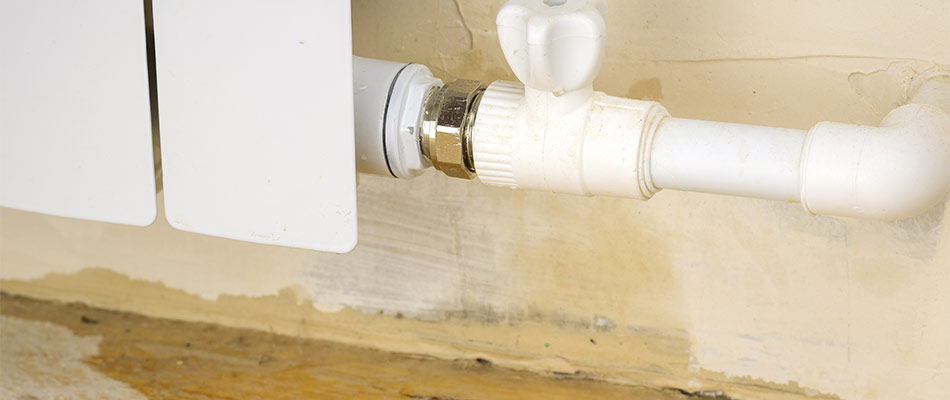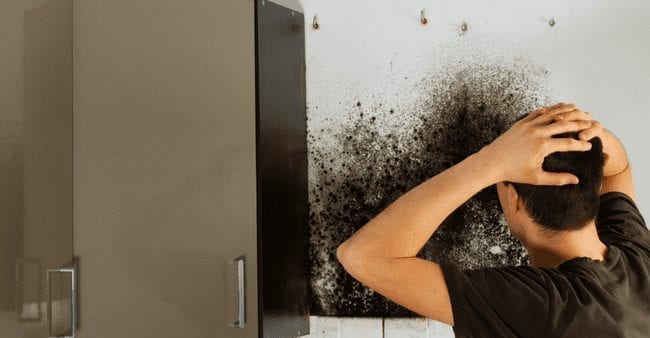6 Ways to Find Hidden Water Leakages in Your Home
6 Ways to Find Hidden Water Leakages in Your Home
Blog Article
In this article in the next paragraph you will discover lots of first-rate tips in regards to Detecting hidden plumbing leaks.

Early detection of dripping water lines can alleviate a potential catastrophe. Aside from conserving you cash, it will reduce the aggravation and irritation. The moment you locate a leakage, calling your plumber for fixings is the best solution. Nevertheless, some little water leakages may not be visible. Below are some hacks that help if you can not discover it with your nude eyes.
1. Check Out the Water Meter
Every residence has a water meter. Examining it is a surefire manner in which helps you find leakages. For starters, switch off all the water sources. Make sure no person will flush, make use of the faucet, shower, run the cleaning maker or dish washer. From there, most likely to the meter as well as watch if it will change. Given that no person is utilizing it, there should be no motions. That shows a fast-moving leakage if it relocates. If you identify no changes, wait an hour or two as well as check back once again. This indicates you might have a slow-moving leakage that might even be underground.
2. Inspect Water Consumption
If you spot sudden changes, in spite of your consumption being the very same, it means that you have leakages in your plumbing system. An abrupt spike in your costs suggests a fast-moving leak.
A constant increase every month, even with the same behaviors, reveals you have a sluggish leak that's additionally slowly intensifying. Call a plumber to thoroughly examine your building, specifically if you really feel a warm area on your flooring with piping below.
3. Do a Food Coloring Examination
When it comes to water usage, 30% comes from commodes. If the shade somehow infiltrates your bowl during that time without flushing, there's a leak in between the container as well as dish.
4. Asses Exterior Lines
Do not forget to check your outdoor water lines also. Ought to water seep out of the connection, you have a loosened rubber gasket. One small leakage can waste loads of water and spike your water costs.
5. Examine the scenario as well as evaluate
House owners should make it a routine to check under the sink counters as well as even inside cupboards for any bad odor or mold development. These two warnings indicate a leakage so timely attention is required. Doing regular inspections, also bi-annually, can save you from a major trouble.
If you understand your residence is currently old, maintain a watchful eye on your heaters, tubes, pipelines etc. Check for discolorations as well as weakening as a lot of devices and also pipelines have a life span. They will likewise naturally wear away as a result of tear and put on. If you suspect leaking water lines in your plumbing system, do not wait on it to intensify. Call a professional plumber today so you do not end up with a horrible mess in your home.
Early discovery of dripping water lines can reduce a potential catastrophe. Some small water leaks might not be visible. Checking it is a guaranteed way that helps you uncover leakages. One tiny leakage can lose tons of water as well as increase your water bill.
If you suspect leaking water lines in your plumbing system, do not wait for it to escalate.
How to Know If Your Home Has a Hidden Leak
Water Meter Reveals Inexplicable Water Usage
If you’d like to test whether or not there’s a leak somewhere in your home, you can do this using your water meter. Here is how to conduct the test:
Don’t use any water in your home for at least 30 minutes; this also means not turning on faucets or water-using appliances.
Go outside, and check your water meter for activity.
If your water meter shows that there was activity, even though no one was using any water, this proves that there is a leak in your home.Visible Mold or Mildew Growth
Leaks behind walls create moist, dark environments that allow mold and mildew to grow and thrive. Eventually, you might see mold growth forming on the wall closest to a hidden leak.
If mold is growing in an area that receives a high amount of moisture, such as a bathroom, it may simply be an indication that better ventilation is needed. However, if you see mold growth on a wall or the ceiling in an area where you would not expect, you probably have a hidden leak.
Musty, Mildew Odor
Sometimes you might not be able to see the mold or mildew that is growing as a result of a leak. However, the smell can give the problem away just as easily. If you catch a whiff of something musty, there’s a good chance that old water is collecting somewhere in your home that you can’t see.
Stained/Warped Walls, Ceilings, or Floors
When your home soaks up water, a variety of red flags can become visible, including ceiling stains, bubbling drywall, warped walls, and sagging floors. While these issues can be caused by excess humidity, they can also be signs that a pipe or plumbing connection has started leaking behind your walls.
Inexplicably High Water Bill
After a while, you get a general sense for what your water bill should be. If you own a pool or sprinkler system, your bill will tend to be higher during summer. However, if you receive a water bill that seems especially high, and you can’t figure out what caused it, then you may have a hidden leak somewhere that’s increasing your bill.
https://www.plumbingjoint.com/blog/2019/july/how-to-know-if-your-home-has-a-hidden-leak/

Do you really like more info about Finding hidden leaks? Place a comment down below. We'd be delighted to find out your insights about this content. We are looking forward that you visit us again later on. Sharing is caring. Helping people is fun. I truly appreciate reading our article about Leaking water lines.
Report this page